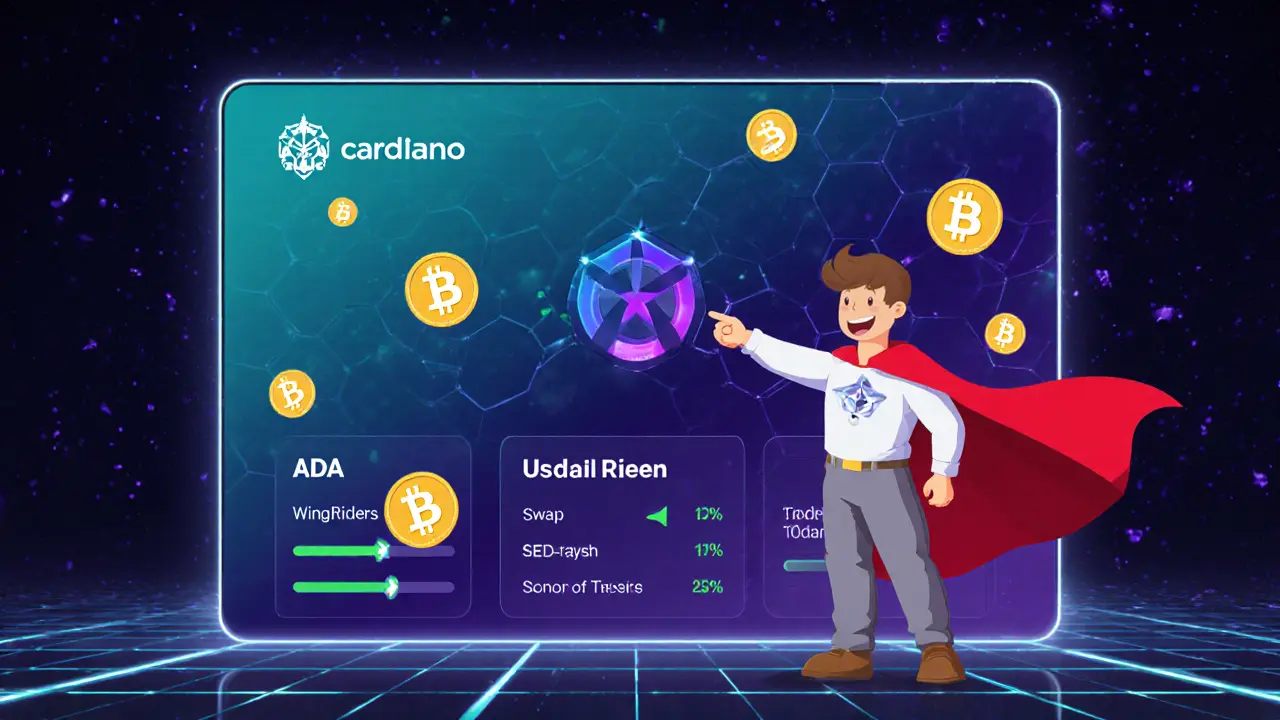Yield Farming: How to Grow Crypto Returns
When working with Yield Farming, the practice of moving crypto assets across DeFi platforms to earn rewards. Also known as crypto yield farming, it blends investing with active asset management to capture token incentives.
Key Concepts Behind Yield Farming
The engine behind yield farming is Decentralized Finance (DeFi), financial services built on blockchain without traditional intermediaries. Within DeFi, most farms live on a Decentralized Exchange (DEX), a peer‑to‑peer platform where users trade directly from their wallets. Many DEXs now run on Layer‑2 scaling solutions, off‑chain or side‑chain technologies that lower fees and speed up transactions. These three pillars—DeFi, DEXs, and Layer‑2—form the backbone of modern yield farms.
Token incentives are the carrot that attracts capital. Projects lock a portion of their native tokens to reward users who provide liquidity, a practice called liquidity mining. The reward rate, often expressed as an annual percentage yield (APY), combines trading fees, governance token emissions, and sometimes extra bonuses for holding a specific NFT. Because rewards are paid in volatile tokens, the real return can swing dramatically from one week to the next.
Risk management is just as important as chasing high APYs. Impermanent loss occurs when the price of the assets you’ve supplied drifts apart, eroding part of your capital. Smart contracts can also contain bugs, leading to loss of funds. To mitigate these risks, many farmers diversify across multiple farms, keep a portion of assets in stablecoins, and monitor audit reports before committing large amounts.
Choosing the right platform begins with looking at fees, liquidity depth, and community trust. A DEX with high gas costs can eat into your earnings, while shallow liquidity may cause slippage on withdrawals. Layer‑2 options like Arbitrum or Optimism often provide cheaper gas, but they may have fewer farming pairs. Always compare the net APY after fees and factor in any lock‑up periods that limit asset mobility.
Recent trends show farms branching out to cross‑chain ecosystems. Some projects let you stake assets on one chain and earn rewards on another, leveraging bridges to capture arbitrage opportunities. Others are experimenting with NFT‑based rewards, where owning a particular NFT boosts your yield multiplier. These innovations keep the space dynamic, but they also add an extra layer of complexity and potential bridge risk.
Tools like analytics dashboards, on‑chain explorers, and yield calculators have become essential. They let you track real‑time APYs, assess impermanent loss, and compare farms side‑by‑side. Many farmers set up alerts for sudden changes in reward rates or security incidents, ensuring they can react quickly.
Below you’ll find a curated list of articles that dive deeper into each of these topics—from regulatory impacts to specific exchange reviews and airdrop guides. Whether you’re just starting out or looking to fine‑tune an existing strategy, the posts ahead provide practical steps, risk assessments, and the latest data to help you make informed decisions about your yield farming journey.

3
May
In this detailed review we explore WingRiders v2 upgrades, Cardano DEX features, fees, tokenomics, and yield farming, helping you decide if it's right for your crypto portfolio.
Read More
